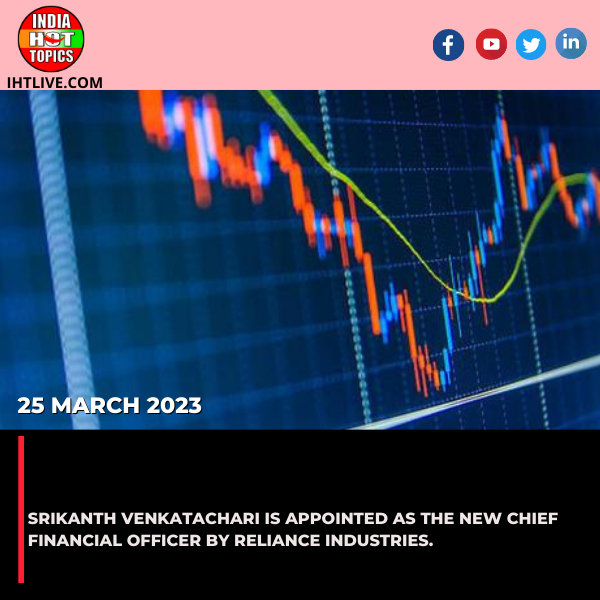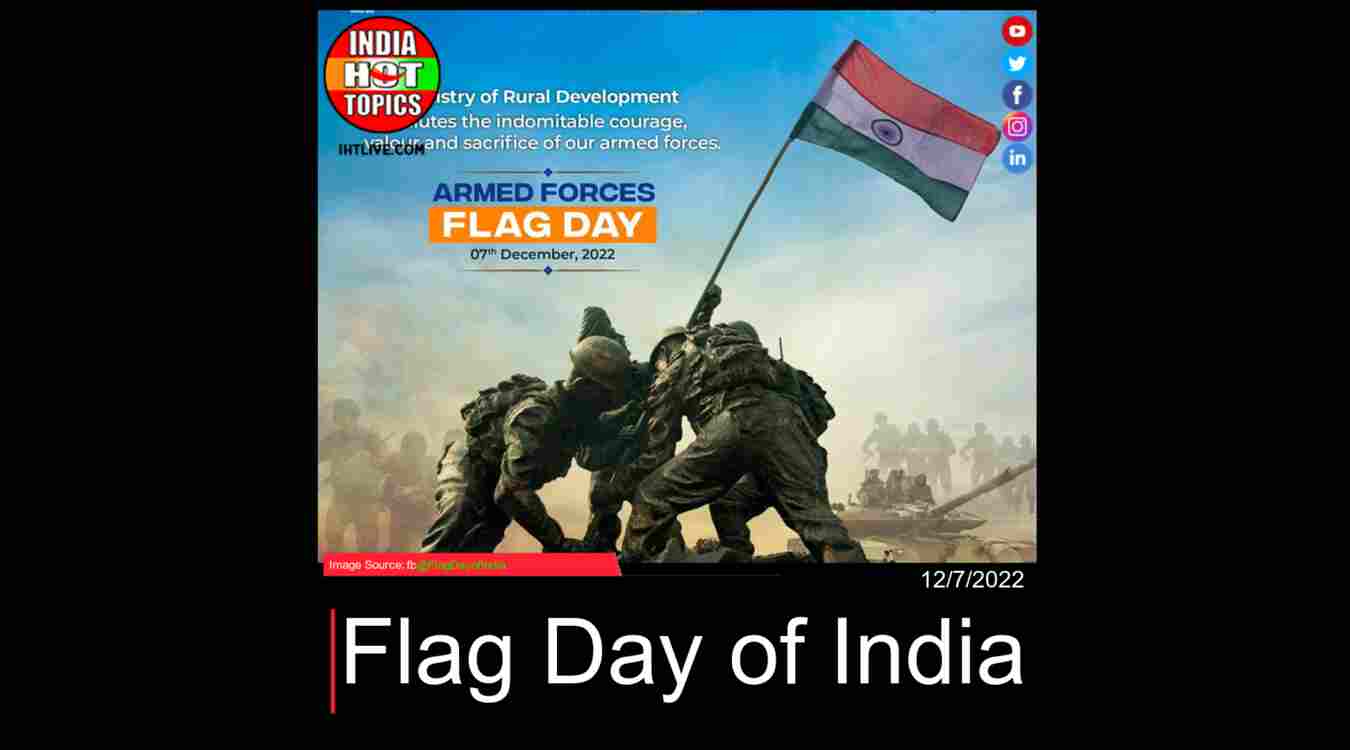Government Appointments
Former Air India CMD Ashwani Lohani is new director of Prime Ministers Museum and Library
%20(1).jpg)
Former Air India CMD and ex-Chairman of the Railway Board, Ashwani Lohani, has been appointed as the new Director of the Prime Ministers Museum and Library (PMML), located at the historic Teen Murti Bhavan in New Delhi. The appointment was approved by the Appointments Committee of the Cabinet, headed by Prime Minister Narendra Modi, for a term of three years. Lohani’s appointment comes at a time when the institution is evolving from its legacy as the Nehru Memorial Museum and Library (NMML) into a more inclusive space that commemorates all of India’s Prime Ministers and showcases the country’s democratic journey.
Ashwani Lohani is known not only for his decades of government service but also for his reputation as a turnaround expert in public sector undertakings. A 1980-batch officer of the Indian Railway Service of Mechanical Engineering (IRSME), Lohani has previously held key positions such as Chairman of the Railway Board, CMD of Air India, and Managing Director of the India Tourism Development Corporation. He is widely respected for his ability to lead large, complex organizations through transformative periods, especially in sectors that face bureaucratic inertia and structural inefficiencies.
His appointment to PMML signals a strong focus on revamping institutional operations, enhancing public engagement, and perhaps digitizing historical archives to make them more accessible to the new generation. The Prime Ministers Museum and Library, formerly focused solely on Jawaharlal Nehru’s legacy, has recently undergone a major rebranding to reflect the contributions of all Indian Prime Ministers. The reconstitution of the PMML Society, which now includes a broader range of stakeholders such as historians, bureaucrats, politicians, and cultural leaders, reflects this shift toward a more comprehensive documentation of India’s political leadership and democratic milestones.
Lohani is no stranger to handling high-profile projects with national importance. One of the most notable chapters of his career was his leadership of the Indian Railways, where he initiated several passenger-centric reforms, promoted cleanliness, and drove modernization. In aviation, Lohani’s two tenures at Air India came during times of serious financial stress for the national carrier. Though he was working within severe constraints, he was widely praised for stabilizing operations and boosting employee morale, especially during his first stint when the airline was facing a severe crisis in 2015.
Beyond his administrative acumen, Ashwani Lohani is known for his academic excellence and is listed in the Limca Book of Records for having earned four engineering degrees—in mechanical, electrical, metallurgical, and electronics & telecommunication engineering—from the Institution of Engineers (India), Kolkata. His multidimensional skill set and leadership philosophy rooted in efficiency, discipline, and innovation make him uniquely suited for running a modern museum that straddles the past and the future.
He also has a spot in the Guinness Book of World Records for successfully reviving and operating the “Fairy Queen,” the world’s oldest working steam locomotive, which now runs as a heritage train. His deep appreciation of history and engineering heritage aligns well with the role of PMML Director, where preserving archival material and creating engaging exhibitions are key responsibilities.
The transformation of the Teen Murti Bhavan complex into a national center that honors the legacy of all Prime Ministers has not been without controversy. The revamp was criticized in some quarters for diluting the legacy of Nehru, but the government has defended the move as part of a broader initiative to make the museum more inclusive and representative of India’s post-independence political history. With Lohani at the helm, there is an expectation that the PMML will balance the need for modernity and inclusivity with scholarly rigor and institutional credibility.
The institution itself has recently seen the inclusion of new executive council members, such as Union Minister Smriti Irani, filmmaker Shekhar Kapur, former NITI Aayog Vice-Chairman Rajiv Kumar, retired Army General Syed Ata Hasnain, and economist Sanjeev Sanyal. This diverse council is expected to shape the strategic direction of the PMML, focusing on how to best document, curate, and present the legacy of Indian Prime Ministers in a non-partisan and historically accurate manner. The presence of such prominent figures from various domains may offer Lohani a solid foundation of intellectual and operational support as he begins his term.
In addition to archival preservation and exhibitions, the PMML also plays a crucial role in fostering academic research. It hosts seminars, publishes scholarly papers, and supports fellowships that promote political history and public policy studies. With Lohani’s proven experience in institutional planning, there is potential for expanded academic collaboration, enhanced visitor experiences, and the integration of digital tools that could make the museum more interactive for students and scholars alike.
Furthermore, the role of the PMML is expected to grow in relevance as India approaches key milestones, such as the 100th anniversary of its independence in 2047. Institutions like PMML are vital in shaping collective memory and national identity, and under Lohani’s leadership, the museum may emerge as a world-class center of democratic storytelling and public education. His leadership style, which emphasizes accountability, innovation, and team-building, could be instrumental in scaling up the museum’s outreach and impact.
Ashwani Lohani’s transition from transportation and tourism sectors into the cultural and archival domain is both a continuation of his public service ethos and a new chapter that demands fresh vision. Given his track record of institutional turnaround and his unique combination of technical and managerial prowess, stakeholders remain hopeful that his tenure will mark a period of dynamism and growth for the PMML. His appointment reflects a broader shift in India’s approach to public memory—one that seeks to be inclusive, dynamic, and aligned with modern democratic values.
Ashwani Lohani’s entry into the Prime Ministers Museum and Library also comes at a time when India’s cultural and institutional storytelling is under a process of renewal. Institutions once perceived as static repositories of the past are now being called to become active participants in civic education. PMML, under Lohani’s guidance, is poised to become a flagship example of this transformation—moving beyond mere archival function to playing a dynamic role in national engagement, youth awareness, and public participation in democratic heritage.
While museums across the globe are integrating technology, digital storytelling, and immersive experiences into their traditional formats, the PMML has so far lagged behind in this domain. Lohani’s experience in the tourism sector, particularly his tenure in the India Tourism Development Corporation (ITDC), offers valuable insights into how culture can be curated in a manner that is engaging and accessible. His understanding of both physical infrastructure and user-centric service delivery can help position the PMML as a forward-looking institution capable of capturing the interest of the digital-native generation.
Moreover, his operational philosophy—marked by simplicity, directness, and result-oriented planning—could be pivotal in addressing the often slow-moving and bureaucratic pace of cultural institutions in India. By streamlining processes, enhancing curatorial practices, and making archives easily searchable through digital platforms, Lohani can increase both footfall and research interest in the museum. This would not only support a broader understanding of India’s democratic journey but could also facilitate collaborations with global institutions and scholars.
Importantly, his tenure also has the opportunity to reframe how Prime Ministers are presented in public consciousness. Traditionally, political figures are either overly glorified or critically sidelined, depending on the prevailing ideological winds. However, PMML has a unique mandate—to act not as a temple of praise, but as a balanced, fact-driven chronicle of the leadership that has shaped India. The success of this vision will depend on curatorial independence, academic rigour, and transparency, areas where Lohani’s credibility as a neutral and professional administrator could be an asset.
Ashwani Lohani is also known for his communication skills, particularly with staff and stakeholders. His people-first leadership has earned him respect from employees across the sectors he’s worked in. This skill will be essential at PMML, where staff—from curators to maintenance teams—must feel part of a larger mission. Internal motivation, especially in a museum setting, is closely tied to how empowered the team feels in innovating and telling stories that matter. A motivated team, under visionary leadership, can turn PMML into not just a museum, but a movement of memory.
With the recent infrastructural upgrades at Teen Murti Bhavan and the launch of new wings and digital exhibits, there’s already momentum toward change. Lohani’s leadership is expected to take that momentum and translate it into sustainable institutional practices—improving accessibility for differently-abled visitors, introducing multilingual displays, and even possibly curating traveling exhibitions that can be displayed across state capitals and universities. The museum has a chance to go beyond Delhi—to become a national educational vehicle.
At a time when India’s global identity is expanding, institutions like PMML also serve a diplomatic role. Cultural institutions have increasingly become soft-power tools in international engagement. Under Lohani, the PMML could explore exhibitions that travel to Indian embassies or cultural centers abroad—featuring India’s democratic achievements, major policy transformations under various PMs, and the evolution of the republic itself.
Furthermore, given India’s deep political diversity, there is an opportunity to ensure regional representations within the PMML’s exhibits. While some Prime Ministers have long been at the center of India’s national narrative, others—despite significant contributions—have remained underrepresented. Lohani can facilitate a more inclusive representation of these leaders, offering space to lesser-known voices and contributions from all corners of the country, thereby aligning the institution with the federal spirit of the Constitution.
His technical background may also prove valuable in infrastructure expansion and conservation of rare documents. Paper archives, photographs, and artifacts from the post-independence era are extremely sensitive to temperature, humidity, and handling. Advanced storage solutions, digitization efforts, and collaborations with conservation experts are likely to become part of Lohani’s strategic roadmap. His past experience in managing large systems and engineering teams could bring a fresh approach to these challenges—scientific, systematic, and scalable.
As Lohani steps into this new chapter, he carries with him both the burden and opportunity of legacy. The Prime Ministers Museum and Library is not just a physical space—it is a symbol. A symbol of memory, governance, leadership, and national development. With the right direction, it can become a living institution that educates, inspires, and provokes thoughtful inquiry into the story of India—not only who led the nation, but how, and why those decisions continue to shape our lives today.
- Group Media Publication
- Construction, Infrastructure and Mining
- General News Platforms – IHTLive.com
- Entertainment News Platforms – https://anyflix.in/

-
Tech4 months ago
Best Zebronics Bluetooth speakers you can buy today for an unmatched audio experience
-

 India2 years ago
India2 years agoNew Season 8 The Walking Dead trailer flashes forward in time
-

 India2 years ago
India2 years agoThe afternoon briefing revealed that 97.26% of the ₹2000 notes were returned, and the Israeli Prime Minister committed to war goals.
-

 World12 months ago
World12 months agoMichigan splash pad attack: A couple was shot seven times in total while defending their two small daughters.
-

 India2 years ago
India2 years agoSrikanth Venkatachari is appointed as the new chief financial officer by Reliance Industries.
-

 India2 years ago
India2 years agoPM Modi’s Three-Nation Tour Begins with a Traditional Welcome in Papua New Guinea
-

 Special 365 days3 years ago
Special 365 days3 years agoFlag Day of India
-

 India8 years ago
India8 years agoThe 9 worst mistakes you can ever make at work


.jpg)
.jpg)
.jpg)
.jpg)

